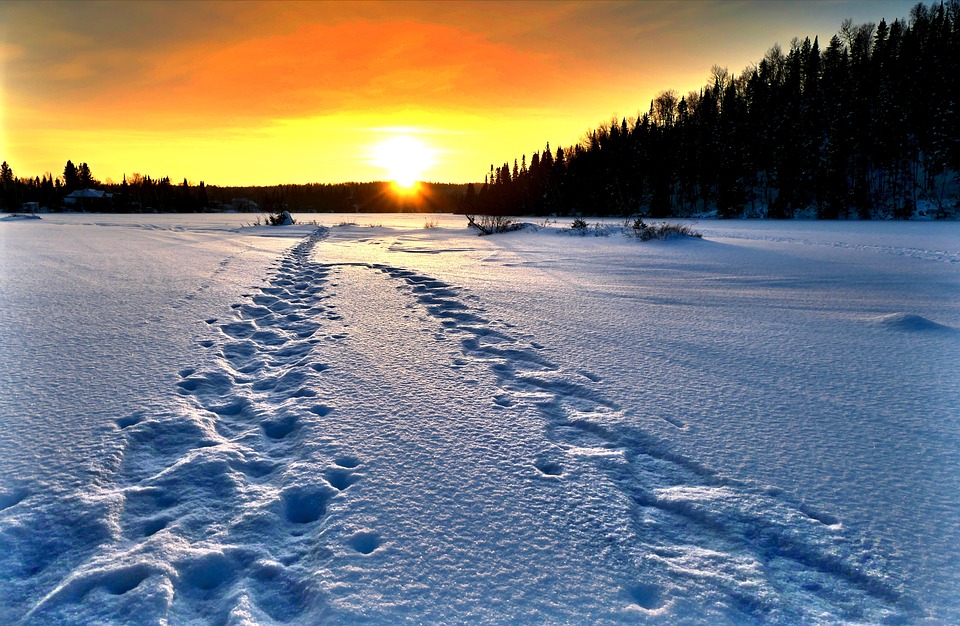What Is the Climate of Nevada?
Nevada, located in the western United States, is characterized by its diverse climate, which is heavily influenced by its geography. The state features a vast range of elevations, from low desert valleys to towering mountain ranges, shaping its weather patterns and ecological diversity. Understanding Nevada’s climate is essential as it significantly impacts its natural landscapes, lifestyle, and economy.
Overview of Nevada’s Climate Zones
Desert Climate
The majority of Nevada experiences an arid desert climate, particularly in the southern regions such as Las Vegas. This area is known for its extreme heat and low humidity.
Semi-Arid Climate
Northern Nevada exhibits a semi-arid climate with slightly more precipitation than the south. This region receives more moisture due to its elevation and proximity to the Sierra Nevada mountains.
Mountain Climate Variations
Higher elevations in Nevada experience cooler temperatures and receive significant snowfall during winter months. These mountainous areas provide a stark contrast to the arid conditions found in the valleys below.
Seasonal Temperature Patterns
Hot Summers
Summers in Nevada are characterized by extremely high temperatures. In southern cities like Las Vegas, daytime highs often exceed 100°F (38°C), with record temperatures reaching up to 125°F (52°C). However, due to low humidity, the heat can feel somewhat more tolerable than in more humid climates.
Mild to Cold Winters
Winters can be quite cold, especially in northern Nevada and at higher elevations. Daytime temperatures typically range from 40°F to 50°F (4°C to 10°C), while nighttime temperatures can drop below freezing. Snowfall is common in mountainous regions but rare in southern areas.
Significant Temperature Swings
The state experiences notable temperature variations between day and night, a common feature of desert climates. For instance, nighttime temperatures can drop by 20-30 degrees Fahrenheit after a hot day.
Precipitation and Humidity
Low Annual Rainfall
Nevada is one of the driest states in the U.S., averaging only about 7-10 inches of rainfall annually. Most precipitation occurs during winter and early spring, with summer being particularly dry.
Seasonal Precipitation
The majority of rainfall occurs from December through March, while summer months often see little to no rain. However, intense thunderstorms can occur during July and August due to the North American Monsoon system.
Low Humidity
The desert climate contributes to low humidity levels throughout most of the year, exacerbating the arid conditions and impacting water availability.
Impact of Climate on Nevada’s Landscapes and Wildlife
Desert Vegetation
Nevada’s arid conditions support drought-resistant vegetation such as sagebrush, cacti, and yucca. These plants are well-adapted to survive with limited water resources.
Adapted Wildlife
Species like bighorn sheep and desert tortoises have evolved to thrive in these harsh environments, showcasing unique adaptations for water conservation and temperature regulation.
Tourism and Outdoor Recreation
The state’s climate supports various outdoor activities such as hiking and camping, particularly during the milder spring and fall months when temperatures are more pleasant.
Frequently Asked Questions (FAQs)
– What is the climate like in Las Vegas?
Las Vegas has a hot desert climate with extremely hot summers and mild winters.
– Does it snow in Nevada?
Yes, snow is common in northern Nevada and mountainous areas but rare in southern desert regions.
– How much rain does Nevada get?
Nevada receives low rainfall, averaging 7-10 inches annually, primarily during winter and early spring.
– Is Nevada always dry?
While predominantly dry due to its desert climate, some northern and mountain areas receive more precipitation.
– Why does Nevada have such large temperature swings?
The significant day-night temperature variations are due to the dry air typical of desert climates.
Conclusion
In summary, Nevada’s climate is predominantly dry and characterized by hot summers and cold winters. This climatic framework shapes not only the state’s unique landscapes but also influences wildlife adaptation and seasonal outdoor activities. Understanding these climatic patterns is crucial for residents and visitors alike as they navigate life in this diverse state.

Kyle Whyte is a notable scholar and professor at the University of Michigan, holding positions such as the George Willis Pack Professor in the School for Environment and Sustainability and Professor of Philosophy. Specializing in environmental justice, his work critically examines climate policy and Indigenous peoples’ ethics, emphasizing the nexus between cooperative scientific endeavors and Indigenous justice. As an enrolled Citizen Potawatomi Nation member, he brings a vital perspective to his roles as a U.S. Science Envoy and member of the White House Environmental Justice Advisory Council. His influential research is supported by various prestigious organizations including the National Science Foundation, and disseminated through publications in high-impact journals. Kyle actively contributes to global Indigenous research methodologies and education, with affiliations to numerous institutes and societies dedicated to traditional knowledge and sustainability. Recognized for his academic and community engagement, Kyle has earned multiple awards and served in various visiting professorships. His efforts extend to leadership positions on boards and committees focused on environmental justice nationwide.
